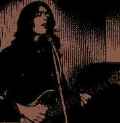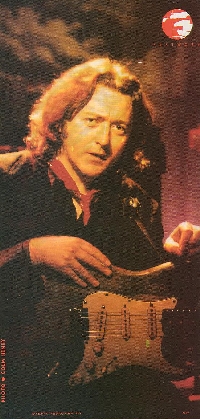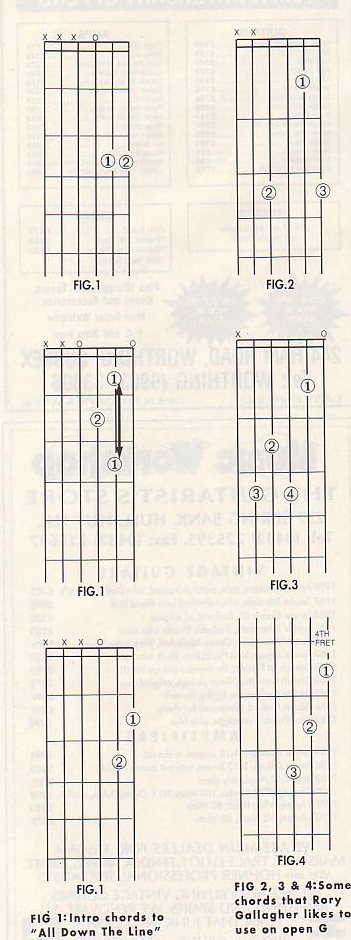|
Mailing & Discussion List  |
|
|
|
|
|
|
| Forward to next article |
314
added January 8, 2006
 condition.
Clapton has built a second career that owes little to Blues, Page is
inscrutable, Beck is as eccentric as ever and can still delight the ear
with his surprises, and the great Peter Green is lost, sadly, to all
intents. Mick Taylor crops up sometimes on Dylan LP’s or on
Keith’s new album and shows he still has a lovely fluid touch.
condition.
Clapton has built a second career that owes little to Blues, Page is
inscrutable, Beck is as eccentric as ever and can still delight the ear
with his surprises, and the great Peter Green is lost, sadly, to all
intents. Mick Taylor crops up sometimes on Dylan LP’s or on
Keith’s new album and shows he still has a lovely fluid touch.
|
Mailing & Discussion List  |
|
|
|
|
|
|
| Forward to next article |